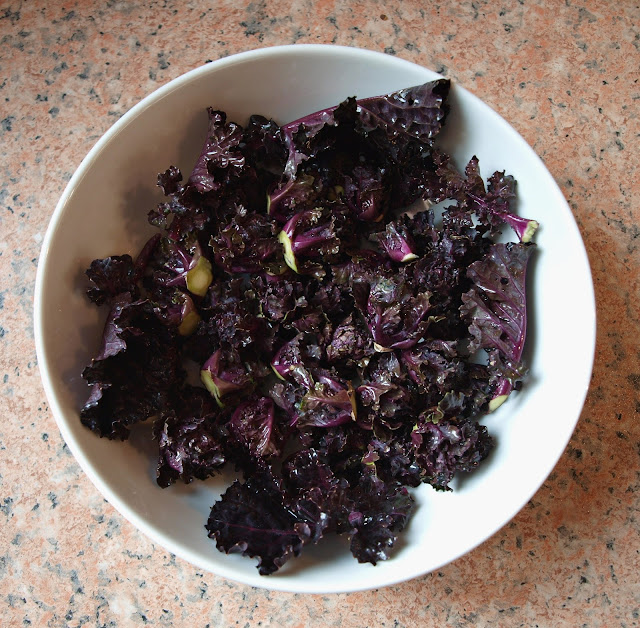This post describes the second half of our recent weekend away, and follows on from the one about Stratford on Avon.
***********************************************************************************
I'm sure that many of my British readers will have visited the area of the Cotswold Hills, or at least have heard of them. I think this is one of the most beautiful areas in Britain: softly-contoured rolling hills, covered in ancient broad-leaf woodland; picturesque little villages comprised mainly of quaint thatched cottages and substantial farmhouses built of the lovely mellow honey-coloured local stone; meandering streams and rivers fringed with bulrushes and Yellow Flags; fields bordered with skilfully-built drystone walls enclosing flocks of chubby sheep...
Those of you who don't know this area might care to follow this link to the website of the local
Tourist Board.
After leaving Stratford on Avon we drove south through Shipston on Stour, Chipping Norton and Charlbury, eventually arriving in Witney, from where it was only another couple of miles to our destination in the village of Minster Lovell.
 |
| Chipping Norton Town Hall |
We had arranged to stay in a hotel called the Old Swan and Minster Lovell Mill. It is a property in two parts - the 600-year-old Old Swan pub(lic house), and the slightly more recent Mill.
 |
| The Old Swan |
The hotel sits in 65 acres of beautiful grounds, centred on the swiftly-flowing River Windrush, which used to provide the power for the corn mill. These days the area adjacent to the old mill-race is an outdoor seating area where (in suitable weather conditions) visitors can partake of sumptuous cream teas and cool glasses of Pimms and other such quintessentially English delights.
The hotel was really nice: full of interesting stuff! Some of it was very old (I mean this in a nice way, like "antique"). Surprisingly not this, though, it's a replica...
The grounds of the hotel also have lots to interest the keen gardener.
There is a veg patch and herb garden, ( relatively bare at this time of year) and even a whole flock of hens.
The hens are rescued battery birds. Their eggs are regularly served in the hotel, and you can even (as we did) buy some to take home with you. Young children staying at the hotel are allowed to go out and collect "their own" egg, which is then served to them at breakfast time!
They have a greenhouse that is so ancient that it even has a thatched roof:!
Actually, I think the roof-covering is a cunning way of ensuring that plants inside don't get scorched.
Visitors to the hotel may arrive by helicopter. You know, it's way out in the countryside, absolutely miles from London, and it is just so tiresome having to slog along the motorway with all those common people...
Who do you think arrived in this particular helicopter?
Look at the registration letters: G-WAGS! [For the benefit of the non-British audience, the abbreviation WAGS is in common usage here to signify "Wives And Girlfriends" - usually of sporting 'personalities', particularly footballers.] I didn't see who this one belonged to, but I'm not a star-spotter so I don't really care!
I nearly forgot to tell you about our whole reason for being at the hotel. We had been attracted by their "Sunday Sleepover" deal. For a mere £195 it included genuinely luxury accommodation for two people, cream tea in the afternoon, a 3-course dinner in the evening, and full English breakfast on the Monday morning. And allegedly a glass of champagne each before dinner. This never materialised, but when we queried it (after dinner) we were given glasses of cognac instead, which suited us fine, since we are not all that enamoured with champagne.
So what did we eat? (No photos, of course. Definitely not the done thing to photograph your food on an occasion like this!)
Jane had:
Starter. Scallops in Pernod with Williams Pear puree and red amaranth salad
Main: Sirloin steak with green peppercorn jus; served with a medley of vegetables and triple-cooked potato wedges
Dessert: A trio of local cheeses, including Isis and Oxford Blue, with biscuits, grapes, celery and walnuts
I had:
Starter: Terrine of Wild Rabbit, with apricot chutney, melba toast and salad leaves in a balsamic dressing
Main; Same as Jane.
Dessert: Creme Brulee (intriguingly flavoured with cloves instead of the usual vanilla) with home-made shortcake and a raspberry coulis.
Wine: an Argentinian Malbec (I've forgotten exactly which...)
The meal was really nice. Not hugely cheffy, but very good of its kind - effectively Gastro-Pub style. For me it was only slightly marred by finding a couple of small rabbit bones in my terrine, but that was a very minor issue. The star of the show was actually the vegetable medley. It included roasted parsnips, carrots and swede turnip, steamed leeks, poached mushrooms and even some spinach (presumably added at the last minute). All the veg were cooked exactly right - not soft and soggy, but also not squeaky or crunchy. Perfect. This is all the more surprising when you consider that most steak dishes tend to be served with a rather pathetic salad which is little more than a garnish, and some unexciting French Fries.
This post has already gone on far too long, so I had better not write about the Full English Breakfast... Suffice it to say that it was also an excellent example of the genre. Fantastic sausages; good local bacon; eggs from their own hens, etc. We had on two consecutive days what would appear (on paper) to be exactly the same breakfast, but for us it was No Contest. The one in the chain hotel in Stratford was OK, but the one at Minster Lovell was better by a mile.
Anyway, that was our weekend. I hope yours was just as enjoyable.

























































